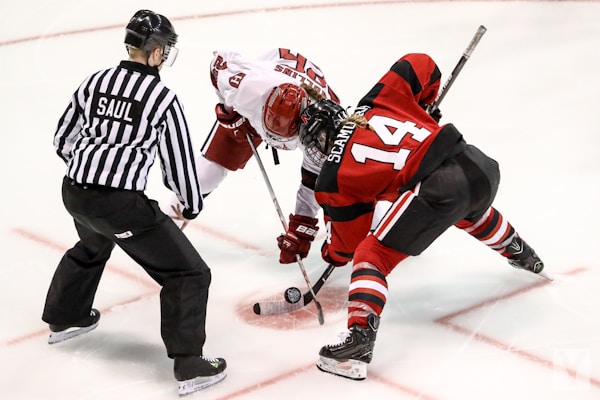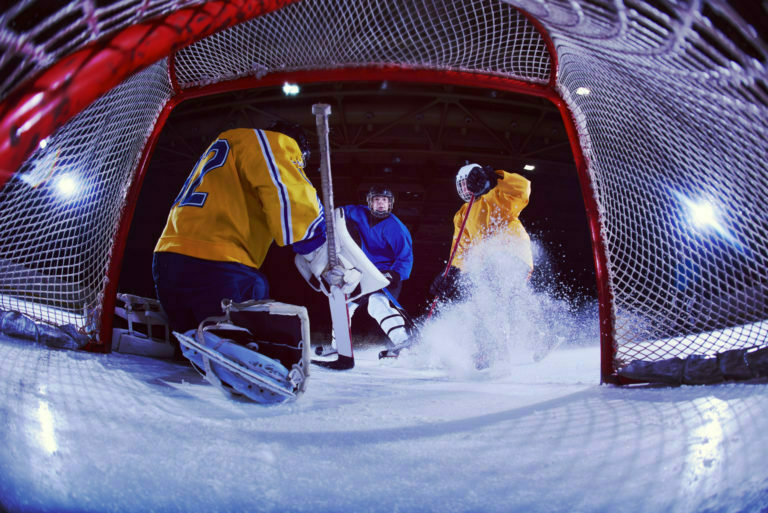There are a lot of rules in hockey, and they can seem complicated at first. But once you understand them, you’ll see that they make the game more fair and fun to watch. In this section, we’ll go over the most important rules in hockey. One important rule to know is that hockey is a contact sport. This means that players are allowed to make physical contact with each other, as long as it’s within the rules. Bodychecking is a common tactic in hockey, and it’s allowed as long as the check is not too forceful.
Another important rule to know is the offside rule. This rule states that players cannot enter the offensive zone before the puck does. If a player crosses the blue line before the puck, the play is offside and the opposing team is awarded a free puck. There are some key differences between the rules of ice hockey and field hockey. Perhaps the most significant difference is the use of a puck in ice hockey, as opposed to a ball in field hockey. Ice hockey is also a much faster-paced game, with players skating at high speeds and making quick turns. Keep reading to learn more rules in hockey and be the next Jacob Panetta.
Icing the Puck

The term “icing the puck” is used in hockey when a player shoots the puck from their own side of the ice across the center line and past the opposing goaltender to score a goal. This is considered an offensive move, as it can create scoring opportunities for teammates. In order to icing the puck, a player must first gain control of the puck and then shoot it across the center line. If an opposing player intercepts or otherwise stops the puck before it crosses the center line, icing is not called.
Charging
Charging is a penalty in ice hockey that is called when an attacking player charges into a defending player. This can be done by driving the opponent into the boards or goal post, or by slamming into them with enough force to knock them down. Charging is also sometimes called boarding, which is a similar penalty but specifically refers to when an attacking player drives an opponent into the boards.
Slashing
Slashing is a penalty in ice hockey that is committed when a player swings his stick at an opponent in a reckless or dangerous manner. Slashing can also occur when a player attempts to hit an opponent with his stick but does not make contact. The referee may penalize the player who slashed if he feels that it was a deliberate attempt to injure the other player. A slashing penalty will result in either a minor or major penalty, depending on the severity of the infraction.
Tripping an Opponent

In ice hockey, a player can be called for tripping if they stick out their leg and trip an opponent who has possession of the puck. This is a penalty because it is considered to be dangerous play. Tripping can also occur if a player knocks an opponent’s legs out from under them in order to take the puck away from them. This is also known as interference and is also penalized.
Overall, the different rules in hockey are important because they create a more fair and competitive game. They also make the sport more exciting to watch and play. Hockey is a popular sport because it is an extremely fast-paced and physical game that can be played by people of all ages. Hockey can be played on an outdoor rink, in an indoor arena, or even in the street. Hockey is a very popular sport in Canada and the United States and is also gaining popularity in other parts of the world.








